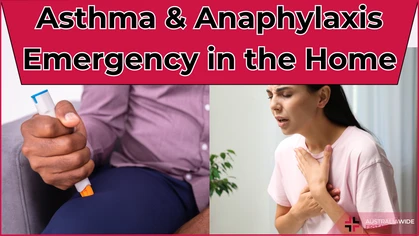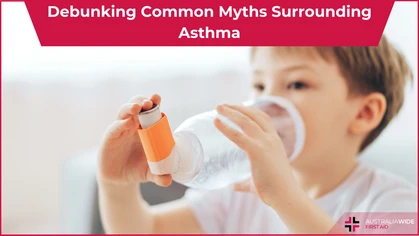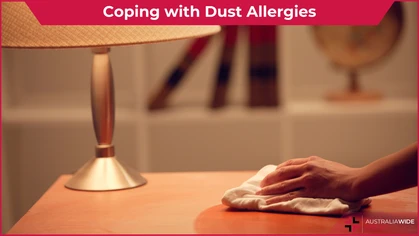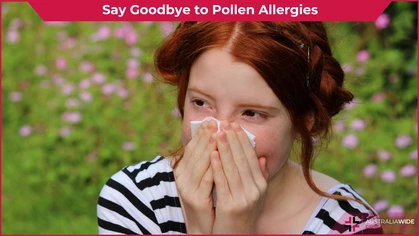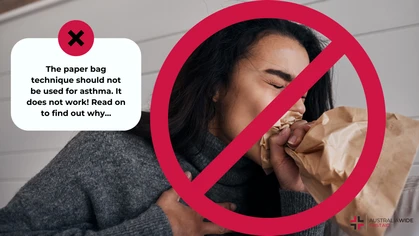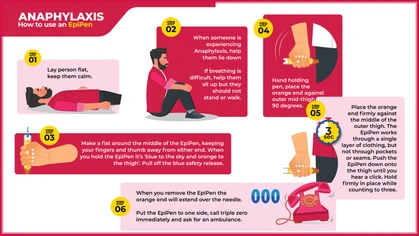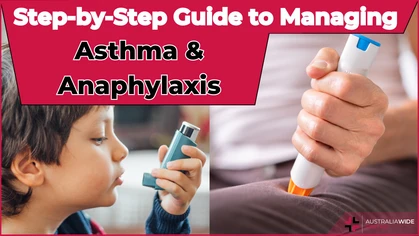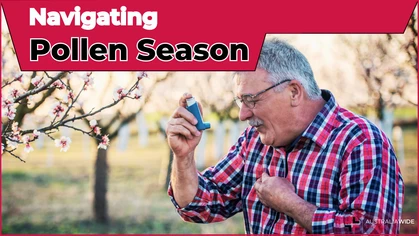Natural Remedies for Hay Fever

Allergy and Asthma
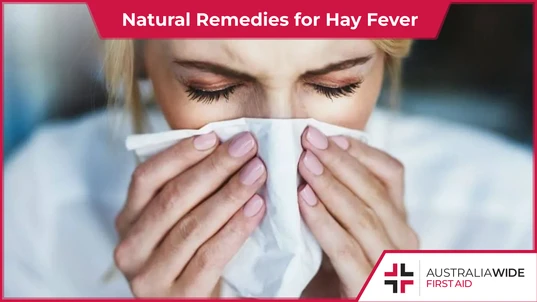 Hay fever is an allergic reaction to a harmless environmental substance that the body identifies as harmful.
Depending on the allergen, hay fever can be seasonal or year-round.
Without effective management, chronic hay fever symptoms can lead to interrupted sleep, recurring sinus infections, and an overall reduced quality of life.
There are several over-the-counter treatments for hay fever, such as oral antihistamines and decongestant nasal sprays. However, these treatments can suppress, rather than treat, the symptoms of hay fever, and so cause them to come back with greater severity. This phenomenon is known as 'rebound congestion'.
Luckily, there are several natural remedies that offer ongoing hay fever relief. We explore these remedies, and other information about the causes and symptoms of hay fever, in the article below.
If you would like to learn more about proactively managing your health and wellbeing, enrol in one of our general or childcare first aid courses.
We have training locations in every state, capital city, and major town throughout Australia.
Head to our website to find and enrol in a first aid course near you today.
Hay fever is an allergic reaction to a harmless environmental substance that the body identifies as harmful.
Depending on the allergen, hay fever can be seasonal or year-round.
Without effective management, chronic hay fever symptoms can lead to interrupted sleep, recurring sinus infections, and an overall reduced quality of life.
There are several over-the-counter treatments for hay fever, such as oral antihistamines and decongestant nasal sprays. However, these treatments can suppress, rather than treat, the symptoms of hay fever, and so cause them to come back with greater severity. This phenomenon is known as 'rebound congestion'.
Luckily, there are several natural remedies that offer ongoing hay fever relief. We explore these remedies, and other information about the causes and symptoms of hay fever, in the article below.
If you would like to learn more about proactively managing your health and wellbeing, enrol in one of our general or childcare first aid courses.
We have training locations in every state, capital city, and major town throughout Australia.
Head to our website to find and enrol in a first aid course near you today.
Causes
Hay fever, otherwise known as allergic rhinitis, occurs when the nose and/or eyes come into contact with a harmless environmental allergen that the body identifies as harmful. Common allergens that may trigger hay fever symptoms include:- Grass pollen
- Tree pollen
- Pet dander (fur and skin flakes)
- Dust mites
- Mould
Symptoms
Common symptoms of hay fever include:- An itchy, runny, or congested nose
- Itchy or watery eyes
- Frequent sneezing
- Always needing to clear your throat or breathe through your mouth
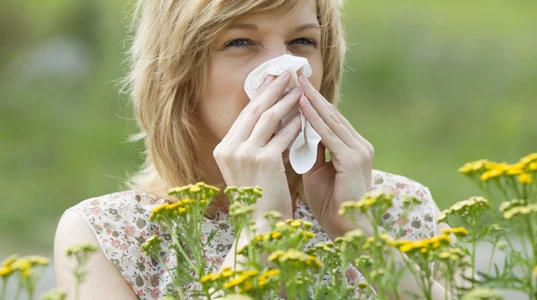
Without effective treatment, hay fever symptoms can make it difficult for sufferers to fall and stay asleep. They can also increase the risk of infection in the membrane lining the sinuses, and an overall reduced quality of life.
Complications
In severe cases, hay fever can lead to the following complications:- Interrupted sleep
- Daytime fatigue
- Difficulty concentrating
- Recurring sinus infections (adults)
- Recurring ear infections (children)
- Facial pain, as well as frequent headaches and sore throats
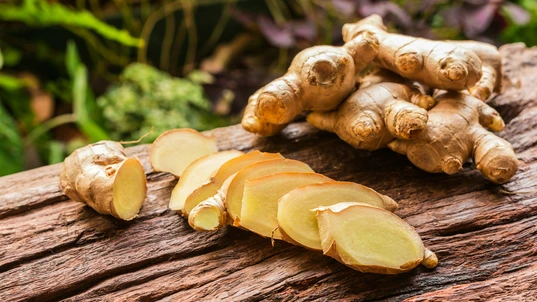
Ginger is a natural remedy for the effective treatment of hay fever symptoms. Ginger can suppress the production of pro-inflammatory proteins and reduce the inflammation of the cavities around the nasal passages.
Natural remedies
Luckily, there are several natural remedies that can help ease the symptoms of hay fever:Turmeric and ginger
Commonly used as spices in cooking, turmeric and ginger both have anti-inflammatory properties that can offset the swelling and irritation caused by histamines. There are several ways you can enrich your diet with turmeric and ginger, including:- Brewed into tea
- Added to sauces, stir fries, and salad dressings
- As a capsule
Vitamin C
Vitamin C is a natural antihistamine that can inhibit the body's production of histamine, lower the levels of histamines in the body, and so lessen mild symptoms of hay fever like sneezing, congestion, and itchy eyes. To inject your diet with a healthy dose of Vitamin C, eat plenty of Vitamin C-rich foods, including:- Citrus (oranges, lemons, and kiwi fruit)
- Blackcurrants
- Strawberries
- Broccoli
- Brussel sprouts
Local Honey
Local honey can contain bee pollen from local plant species that trigger hay fever symptoms. As such, when consumed, local honey can help the body form a natural tolerance to the effects of pollen. You can increase the amount of honey in your diet by adding it as a sweetener to:- Tea or coffee
- Dressings or marinades
- Yogurt, cereal, or oatmeal
Elderflower
As its name suggests, Elderflower is the flower of the Elder tree. Elderflower has anticatarrhal properties and can clear excess mucous from the body while reducing inflammation of the mucous membranes lining the nose and throat. As such, it can help ease runny noses and reduce sneezing. Elderflower is commonly ingested as a tea.Other diet and lifestyle tips
- At least twice a day, use a saline spray to rinse out your sinuses - this can help wash away allergens in the nasal tissues as well as thin out and remove excess mucous
- Use a diffuser or humidifier to inhale essential oils like lavender oil, eucalyptus oil, or peppermint oil, all of which have anti-inflammatory properties and can relax breathing
- Stay indoors on days of high pollen count - if you do go outside, change your clothes and take a shower afterwards to remove any traces of pollen
- Rub Vaseline under your nose to catch pollen particles before they enter the nasal passages
- Clean surfaces regularly to stop dust from accumulating
Final thoughts
Hay fever occurs when the immune system overreacts to a harmless environmental allergen. Hay fever is commonly caused by pollen, dander, and dust mites, and its symptoms include a blocked nose, watery eyes, and frequent sneezing. Without effective treatment, hay fever symptoms can disrupt a person's sleep, obligations, and quality of life. Likewise, many over-the-counter treatments can cause unpleasant side effects, including drowsiness and rebound congestion. Luckily, there several natural remedies that can offer relief to hay fever sufferers, including ginger, Vaseline, and local honey. If you would like to learn more about proactively managing your health and wellbeing, enrol in one of our general or childcare first aid courses. We have training locations in every state, capital city, and major town throughout Australia. Head to our website to find and enrol in a first aid course near you today.
Originally published at
https://www.australiawidefirstaid.com.au/resources/natural-remedies-for-hay-fever
as part of the Australia Wide First Aid Articles Library
